Your cart is currently empty!
New Addiction: The Longest Day in Chang’An
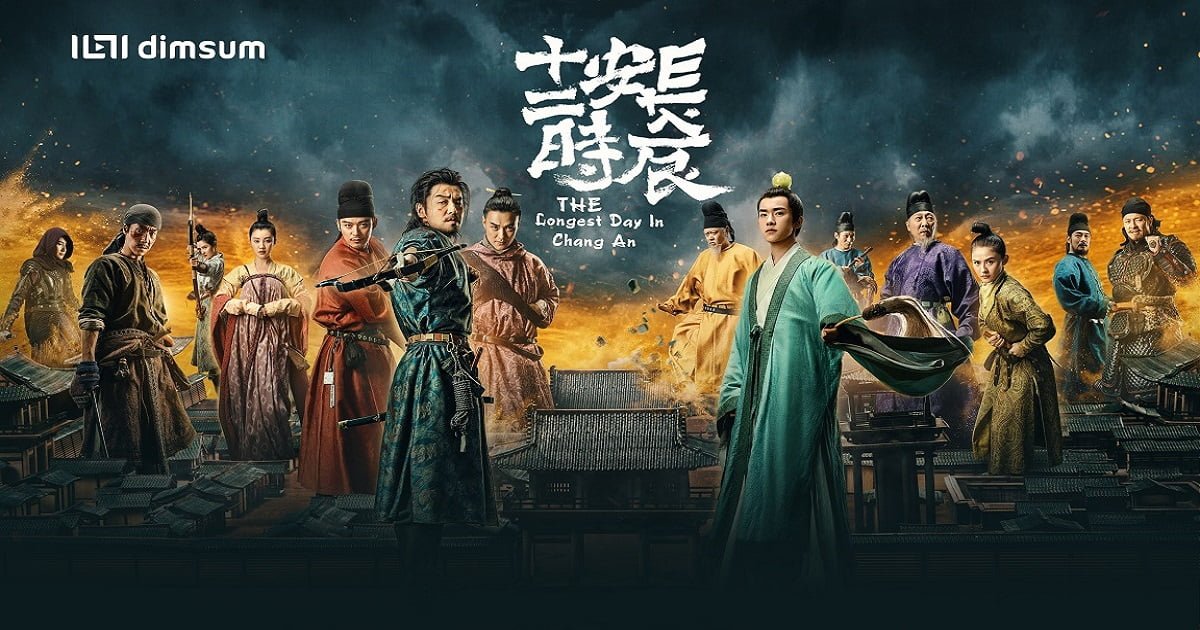
I don’t usually watch TV for some bizarre reason that I can’t explain (maybe short attention span), but the recent few years I’ve made quite a few exceptions and watched Yanxi Palace and now I’m totally addicted to The Longest Day in Chang’An. It’s not my typical kind of show to be honest, I like more romantic, and less action film so my heart doesn’t need to race too fast and I can sleep well at night.

Of course, I was looking forward to it nonetheless because of its promise of an authentic recreation of Tang culture and dressing. And I am not disappointed! YeS! To me, it has achieved more than Yanxi Palace in its authenticity and recreation of a period, with even greater attention to detail in its storyline.
However, it probably would not resonate or be as popular as Yanxi Palace because of the nature of its language (less accessible), its pace (a bit jumpy), people’s general unfamiliarity with the Tang dynasty (definitely not as frequently talked about as the Qing) and also its intensity (I mean most people watch TV for entertainment, and they prefer something less political, historical and..oh wait, there’s GoT).
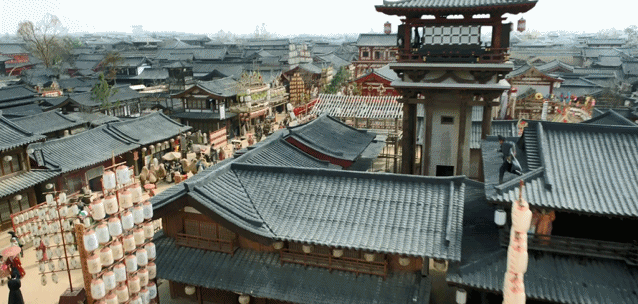
The show is still being updated as we speak (currently on Episode 16) so I shan’t spoil it for anyone (plus the English subs aren’t out except for a few episodes, and trust me, 80% of those reading my blog wouldn’t be able to get past the level of Chinese in the show) so I’ll just give you all heads up to look out for it coming soon!
Spoiler-free reasons why you should watch the show!
1. Move over Forbidden City, there’s a flashier kid on the block
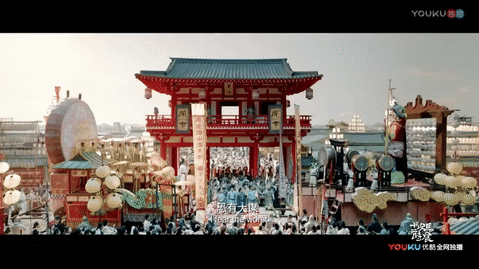
Unlike the common portrayal of a dark, oppressive and claustrophobic Chinese capital in the form of the Forbidden City, a large part of the show is spent on moving through the Tang capital Chang’An during its festive period. It was vibrant, colourful and open. If you think it reminds you of Japanese architecture, then you’re not too far off. Japan was greatly influenced by the Tang culture and architecture that they fashioned many of theirs after the Chinese, with slight differences of course.
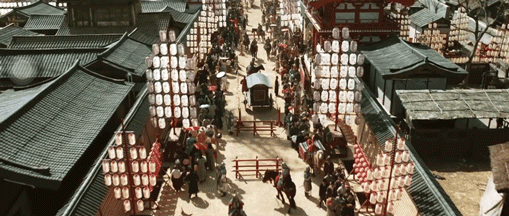
It might not satisfy the orientalism in many of us since we often look to Qing era for that archetypical idea of Chineseness, but if you invest enough time in this show, you’d grow to love Chang’An and its people.

In many ways, unlike the typical Qing palace dramas, this show takes the attention away from the imperial family and gives it to the most forgotten crowd in history–the commoners. It is in many ways, a celebration of the microhistories, the daily concerns, and emotions that we can all relate to even >1,200 years later.
2. Pushes the general concept of cosmopolitan capital back by >1,200 years
All cosmopolitan capitals have one major trait–inclusiveness of diversity. Chang’An was no exception, at least in its best days. It was the gathering place of people all around the world, the Africans, Southeast Asians, Persians, Arabs, Mongolians, Central Asians, and of course, the Chinese.
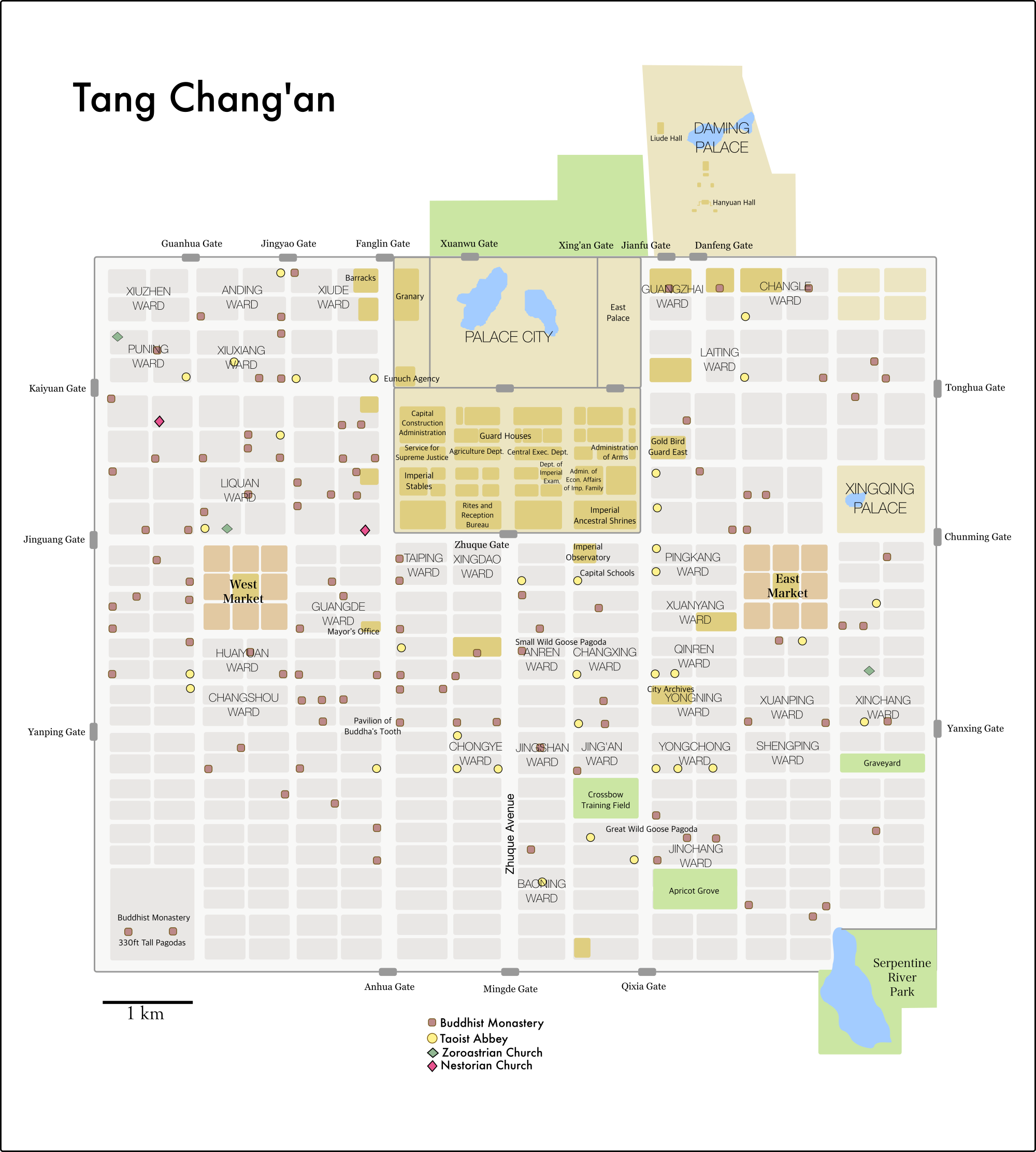
It’s not surprising to find religious diversity and inclusivity in the city. Looking at the map you could tell that there are places where you could find a Zoroastrian Church next to a Buddhist Monastery and a Taoist Abbey, and there’s also a Nestorian Church (early Christians).
The show actually tried to show all these diverse groups in the city, the undercurrent and politics between them and the de facto majority Chinese population, and also the religious sensitivity in such a cosmopolitan city–sounds absolutely relatable?

Of course, all cosmopolitan cities exploit people on varying degrees, through slavery (we have modern day slavery, so let’s not whitewash that) and prostitution.
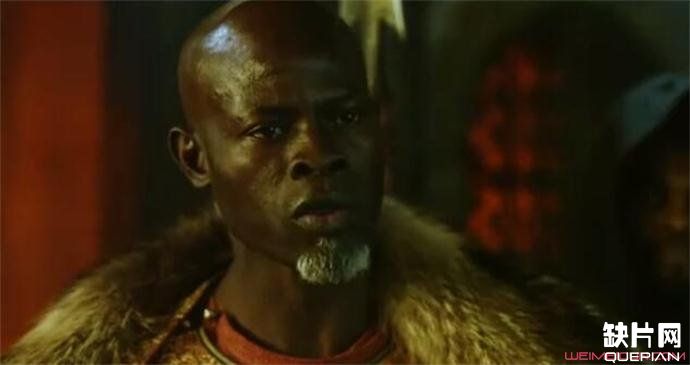
And it had a super well-established system of law, taxation, civil service system, and governing (too long to talk about in this post for now).
AND, it was body confident. There is enough diversity and inclusivity in make-up, body shape, and aesthetics. p.s. the first and third little girl in the pic is my fav, she’s too cute to ignore.
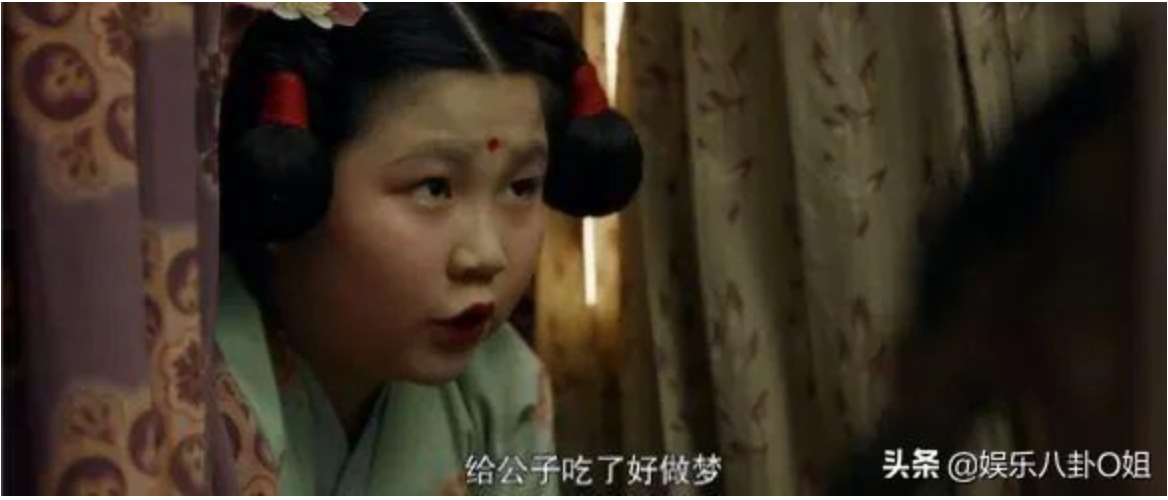
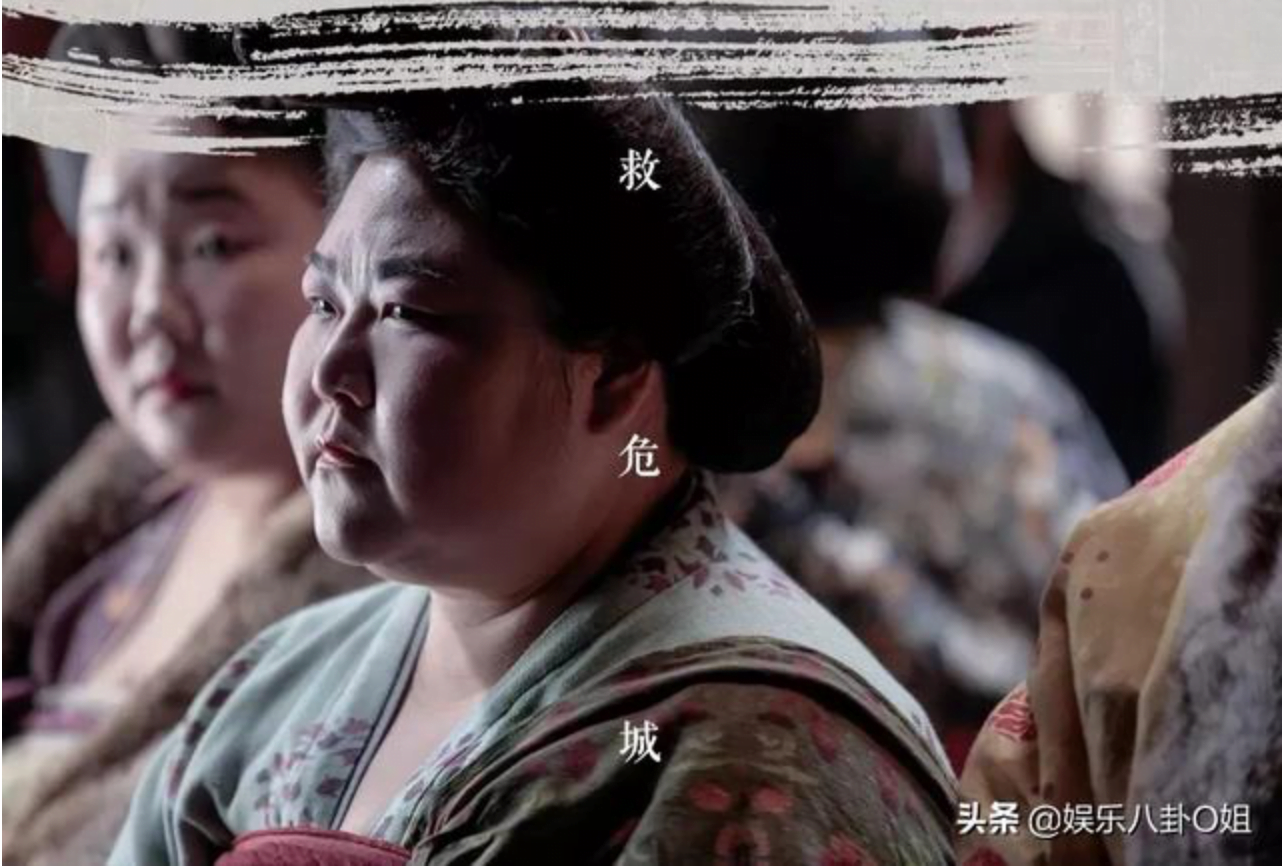
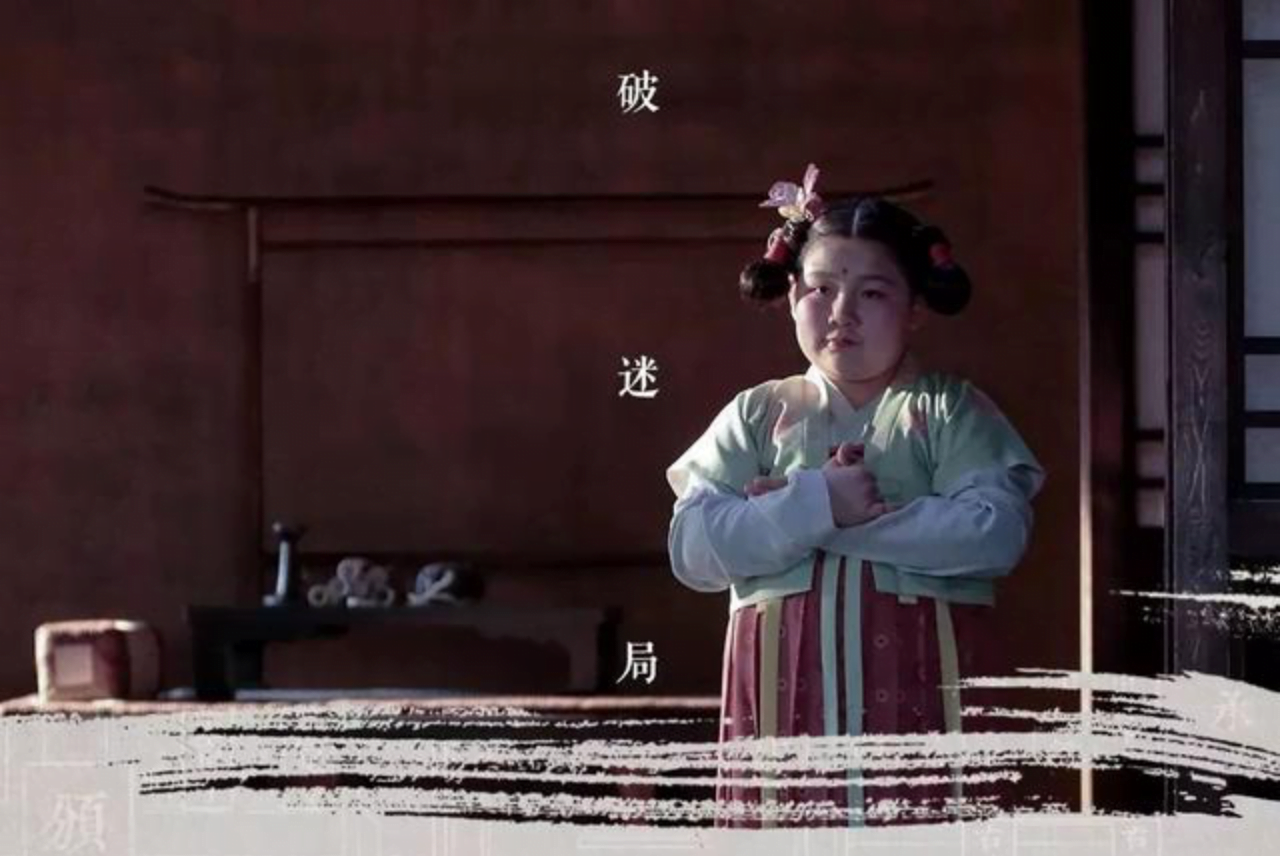
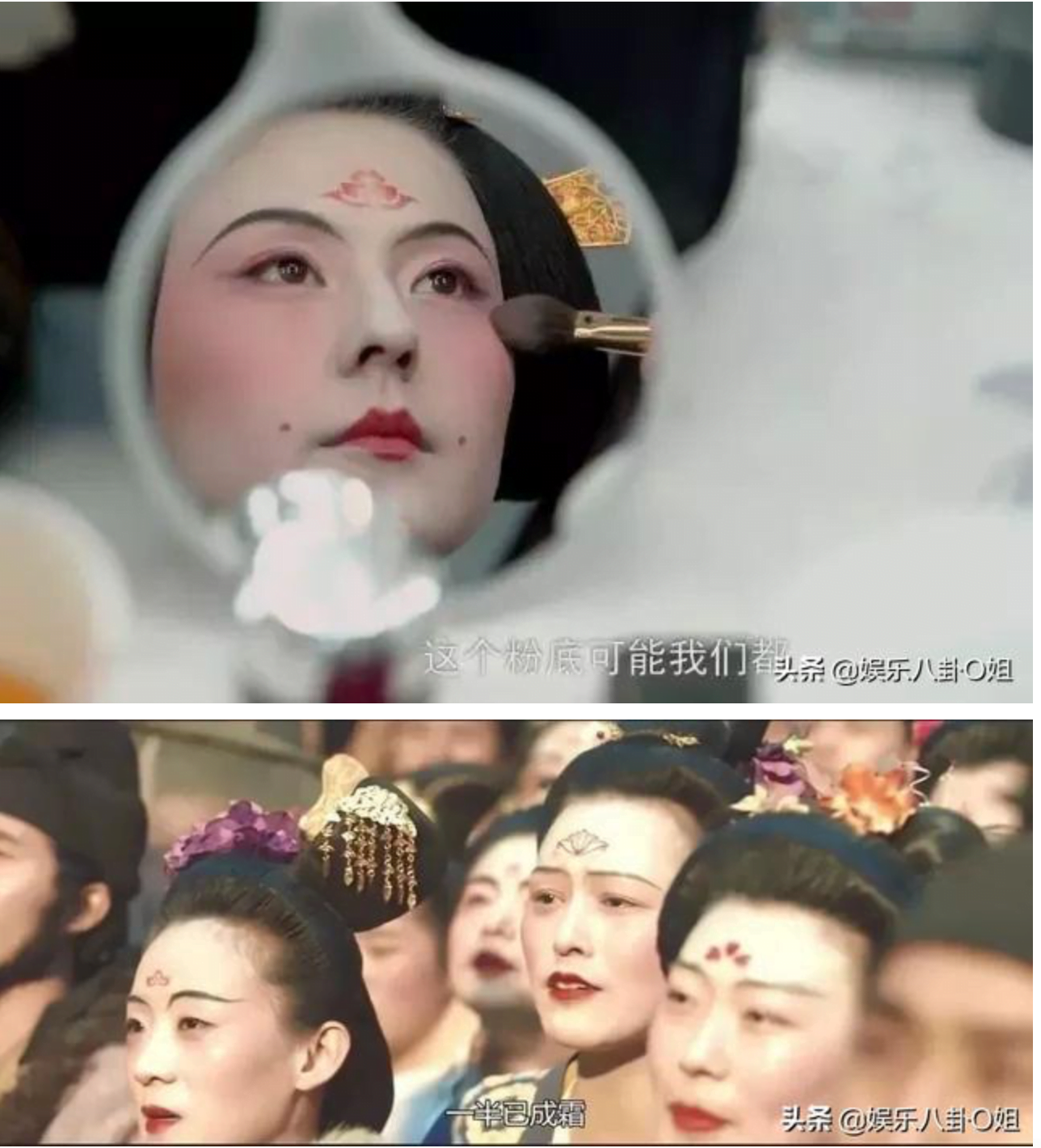
3. Nice visuals and authentic representation
I’m just going to put the images here for you to take it all in.
4. Edutainment at its finest
Film and TV produces/directors have to stop thinking that dumping down is the way to go and that between education and entertainment, something has to give. A good show with attention given to a faithful contextual representation of the period it is set in is much more able to suspend the viewers’ disbelief.
Especially in this info-filled world, it is all the more important that your already-very-smart (smart aleck in some instances too) audiences are taking in nutritious content so they feel that their info absorption is not compromised while watching this show.
artefactually-accurate dresses and styling
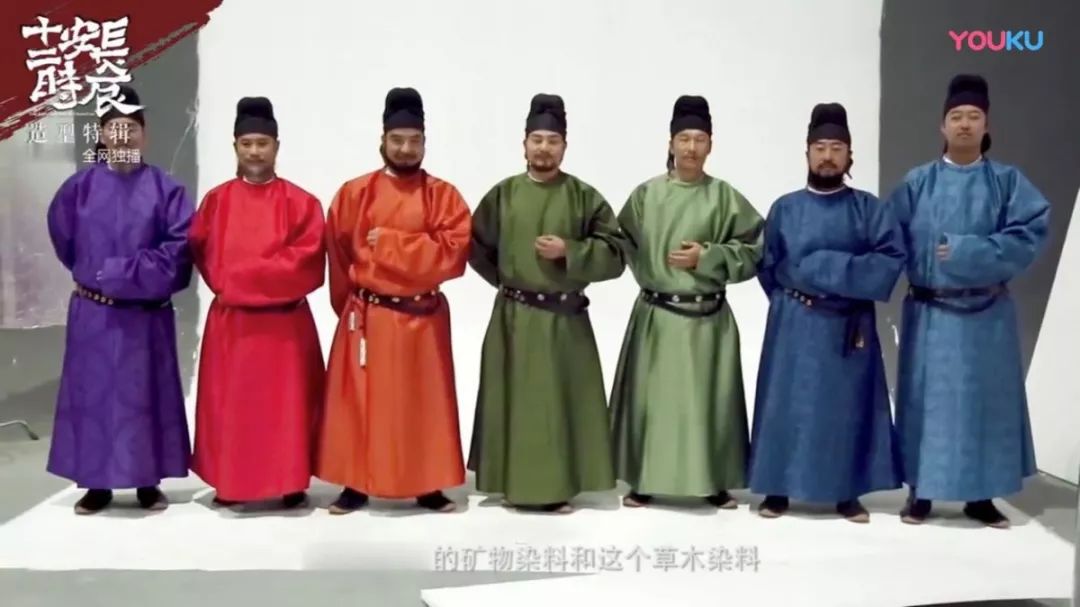
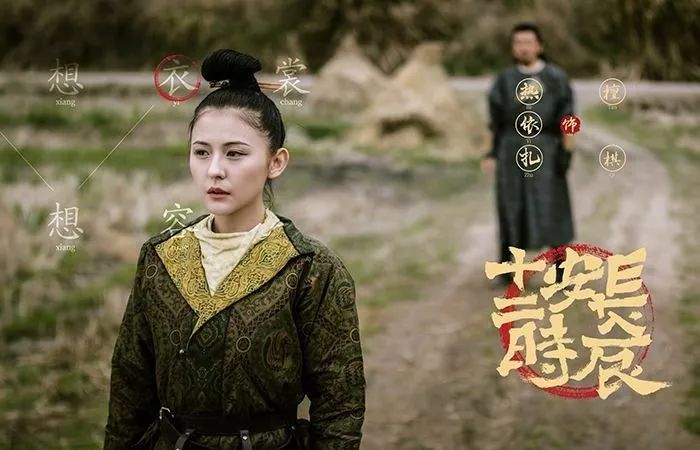
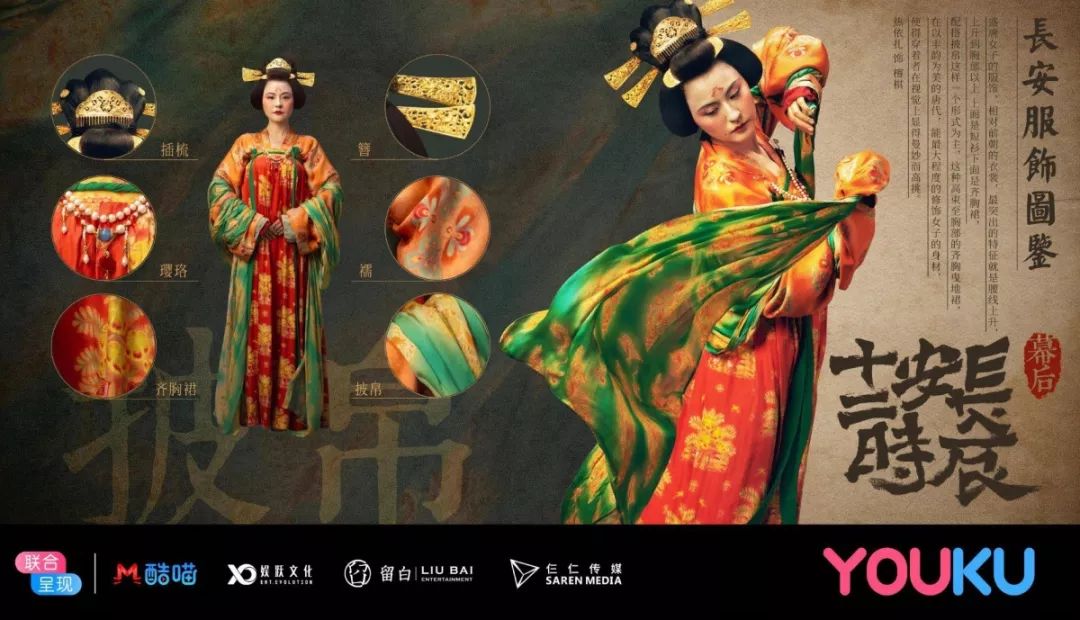
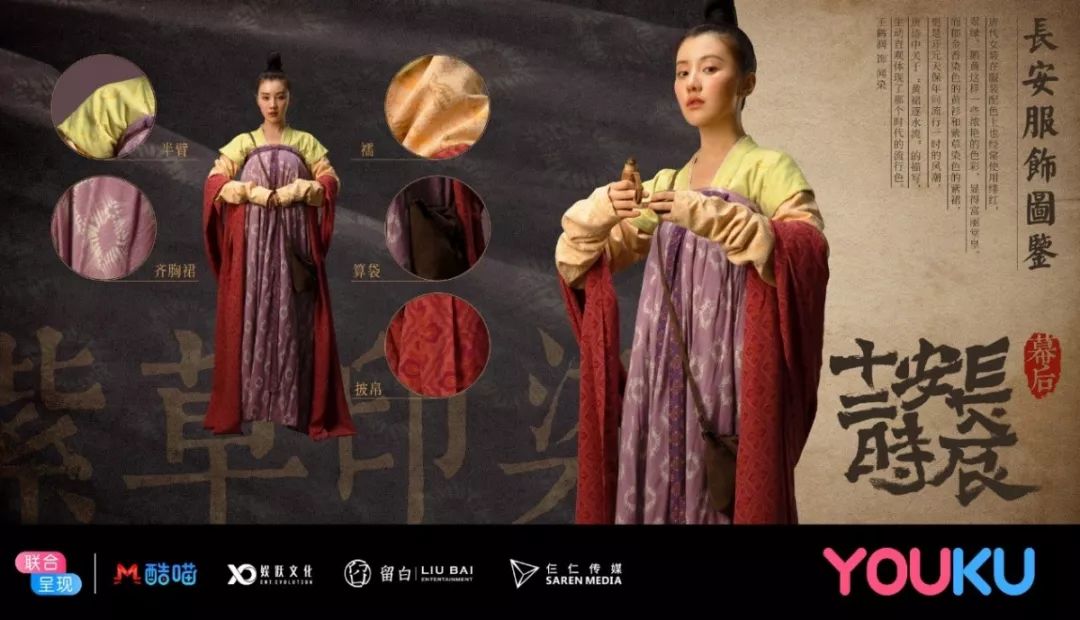

5. Dedication & a respectful interpretation of the past
Let’s admit, we’re never going to faithfully recreate the past. And we really shouldn’t watch TV shows expecting them to be like documentaries. However, I do have immense respect for show producers and directors who value research and details, and those who spend more on the content than on the actors. I’m consistent in my comparison between Yanxi Palace and Legend of Ruyi, and it is the same here where only 30% of the total budget went towards the payment of actors and actresses. There is no real megastar in the show (generally a good indication that the show is spending money in the right place), and you learn SO much more about the period than any documentary (it helps when it’s built into some storyline).
Not going to compare this to other shows yet, but I know there’s one more coming up on Tang dynasty by the people of Yanxi Palace, so we’ll see. 🙂
This is a FANTASTICALLY TANG YEAR! <3 my fav era! SO I WILL DEFINITELy POST MORE IN TIME TO COME!
4 responses to “New Addiction: The Longest Day in Chang’An”

Wow, you’ve done a really deep analysis!
At first I was thinking about watching some chinese drama to immerse myself in chinese itself, but now I can see that you can help me choose also the one that will really get me much deeper into history and culture (which I’m more than excited about!). Thank you for your efforts and insights!
Thank you for this post. It feels concise, informative and humourous all at once. I was feeling a tad bit conflicted after watching a first impressions video, especially when the uploader mentioned something along the lines of how the producers over-exaggerated about trying to stick to historical accuracy as much as possible in relation to what was delivered. I think at some point, they also pointed out a few examples, like how the women’s dresses and styling weren’t quite as accurate as the men’s. That sorta puzzled me, as I thought “why would they bother thoroughly researching the males’ styling and dress but not the females?”, it didn’t quite make sense.
I’m one of those viewers who picked up this drama for ‘edutainment’, so I instantly felt ever so slightly disappointed when I finished that first impressions video. I guess that’s partly because I was wary of fully trusting the uploader this time when some things they said made me scratch my head a bit. This post really helped clear some things up though, I’m grateful for the reference pictures as well. Perhaps I shouldn’t trust in one person’s analysis so much in the future, hahaha, lest it attacks my motivation to carry on with what is certainly an entertaining piece of work that deserves that much more appreciation.
I generally take internet comments with a pinch of salt, especially from Chinese netizens who seem rather eager to tear things apart rather than encourage its growth. I have read some articles of how the lanterns or fans are not accurate but the supporting evidence they gave were from some 800 years later ming or qing period. So i laughed it off.
I m curious what the uploader use to support her case. I am all for supporting productions that have genuine attempts to be authentic and with proper research, especially doing what i do i am always acutely aware of the constraints too. To be honest, tang dynasty has no surviving dress to date for women to reference, so its all based on murals and paintings that people guess what they were wearing. In that case it is really open to a lot of interpretations on the exact form n tailoring of the dresses.
Thanks for the reply! I suppose I forget that the uploader is still only one person after all, however often that they subtly (or not so subtly) hint at their vast knowledge about Chinese culture/history/language/etc… you name it. Unfortunately, as someone with an extremely limited grasp of the Chinese language in general, their videos are probably one of the few ‘resources’ that I really have access to if I’m looking for something to be explained. They’re generally very helpful but it peeves me that I have to heavily rely on one person’s interpretations/analyses, haha. Hence, I happily devoured your post yesterday as it gave me a new perspective and renewed appreciation for this drama.
As for what the uploader used to support her case, well, I suppose her confidence in her own knowledge and the things she read up on the drama before making the video. She did refer to some articles that were apparently written by experts or something along those lines. But with what you just said about those articles, I feel a bit silly for simply accepting that what she read had to be the truth.
Regardless, this production is truly a feast for the eyes in so many ways and it is doing an amazing job at kindling my fascination in Chinese culture.
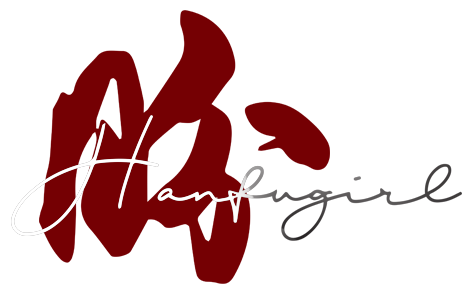
Leave a Reply